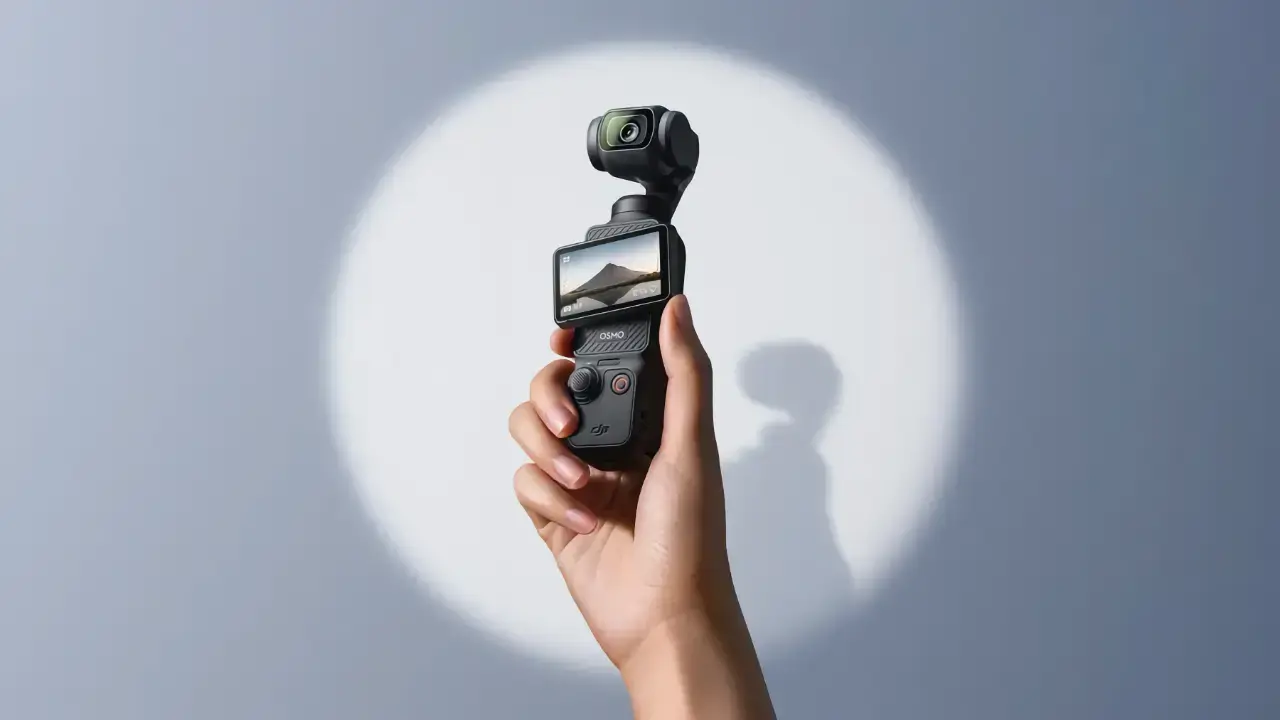
According to the latest influential BCN Retail (BCN+R) survey from Japan, DJI currently dominates the country’s video camera market.
Other countries and other surveys are available, but given the pre-eminent position Japanese manufacturers have always had in imaging technologies, the BCN Retail (BCN+R) survey of the Japanese camera market carries a lot of weight. Okay, maybe we should say the historic pre-eminent position, because according to the BCN+R data Chinese manufacturer DJI now completely dominates the market.
It does it with one camera too, the DJI Osmo Pocket 3. Between November 2023 and September 2024 this gimbal camera gained an astonishing 24.3% of the Japanese video camera market all on its own. The next closest competitor to it is the GoPro Hero12 Black, with a comparatively minor 9.1%.
Have a read of our long-term review of the Pocket 3 here and find out why it's so popular.
In fact, lump all of DJI's cameras in the top ten together and the company has over a third of the video camera market to itself. You can see its ranking in the table below and how it's quintupled its market share since September 2021.

GoPro’s share meanwhile has fallen from 29.3% in April last year to 9.7% now. One interesting detail from the chart is that its sales have now sunk below that of the Shenzhen Arashi Vision group, better known to us at Insta360. And if Insta360 keeps making cameras like the Ace Pro 2, that gap is only going to widen.
The market’s incredibly tight and incredibly competitive though. We also really rated the GoPro HERO13 Black and the DJI Osmo Action 5 Pro in our recent reviews and the differences between them all are increasingly minor nowadays.
Traditional manufacturers falling behind
While it’s no surprise to see the gimbal and action cameras dominating the list, where does that leave what we should probably refer to here as the traditional manufacturers? First of all a caveat, this data covers specialised video cameras only and eschews the hybrid models, which are increasingly the bread and butter machines from the likes of Sony and Panasonic. As BCN+R points out, more and more users are choosing mirrorless cameras for video shooting. Even so, the difference a few years makes is surprising.
Back when DJI had only 7.3% of the market, Panasonic had a massive 49.3%. That’s fallen to 18.8% and even that is a recovery. At its historic low over this summer, it was scraping along at a meagre 8% or thereabouts. Sony too has had some notable peaks and troughs over the past three years. While it had close to 40% of the market at the start of 2023, now it has 17.5%. And, as with Panasonic this is up from a historic low over the summer.
Where it will all go from here is anyone’s guess. The video camera market has fractured completely into old school units, gimbal cameras, and action cameras, with smartphones and mirrorless cameras eating away at it from both ends. And, of course, this is only a snapshot from Japan and does not necessarily translate around the world.
But it’s still some highly interesting data and the key to success seems to lie in offering something unique that other categories of devices simply cannot do. It is also worth pointing out that sales seem to be rising across the board. With holiday season coming up, and a whole stack of new and improved models out, that can only be a good thing.
tl;dr
- DJI has emerged as the dominant force in Japan's video camera market, with the DJI Osmo Pocket 3 capturing 24.3% of the market by itself, while GoPro's share has significantly declined to 9.1%.
- The combined market share of all DJI cameras exceeds one-third of the video camera market, reflecting a substantial growth since September 2021.
- Traditional manufacturers like Panasonic and Sony have experienced significant declines in market share, with Panasonic dropping from 49.3% to 18.8%, and Sony falling from nearly 40% to 17.5%.
- The video camera market is evolving, with an increasing preference for gimbal and action cameras, as well as mirrorless models, while sales across the market seem to be rising ahead of the holiday season.
Tags: Production Cameras Action cameras


Comments